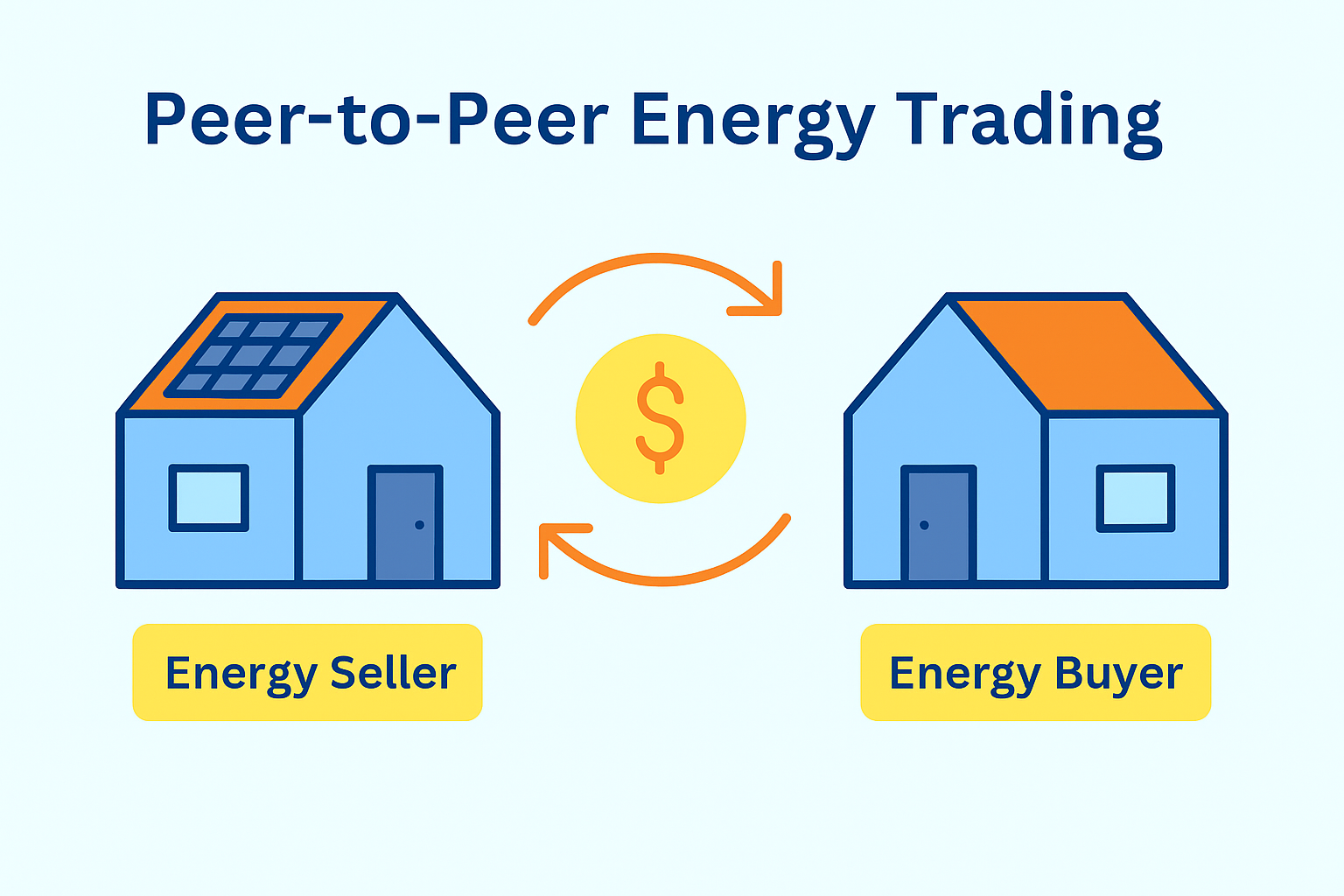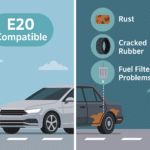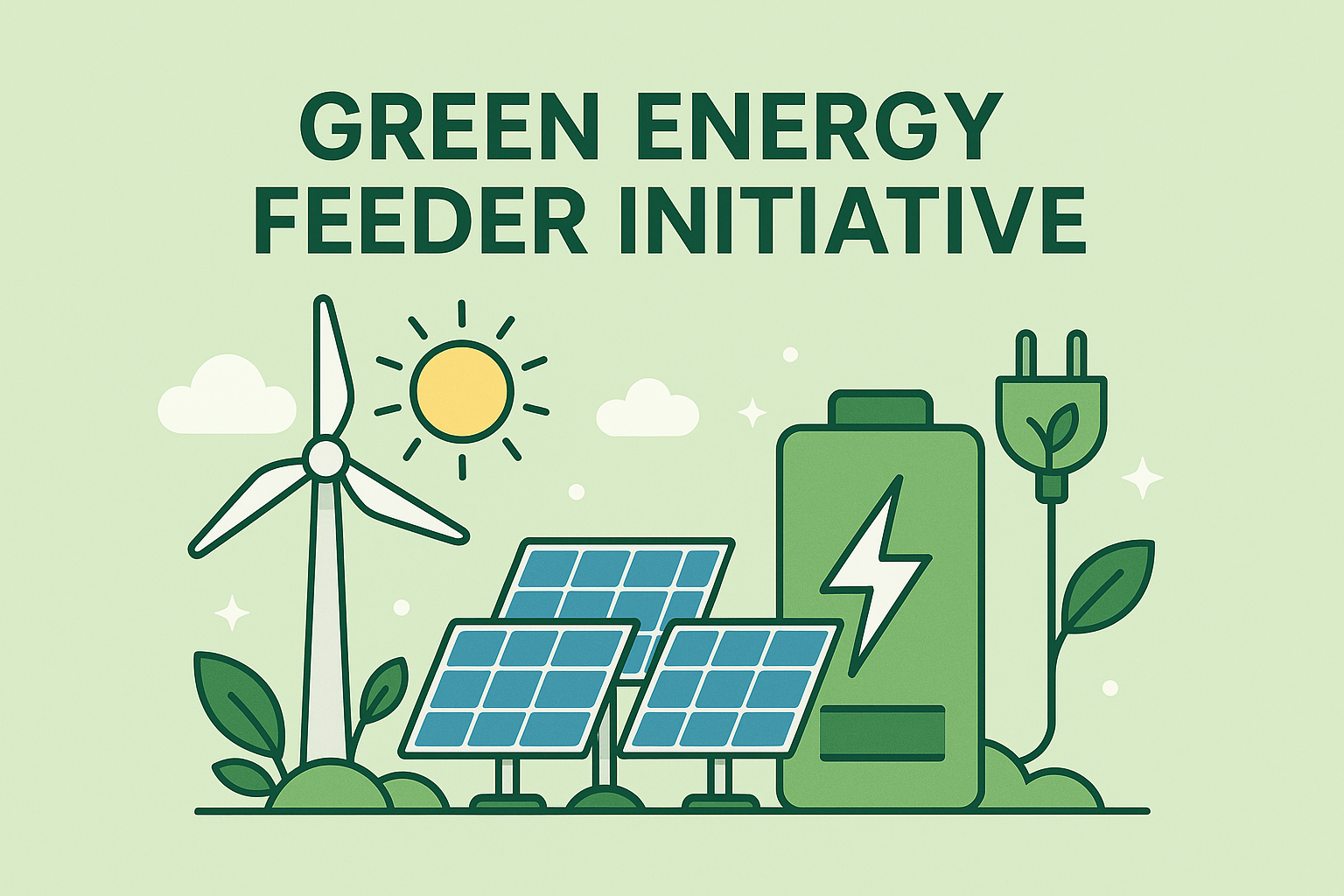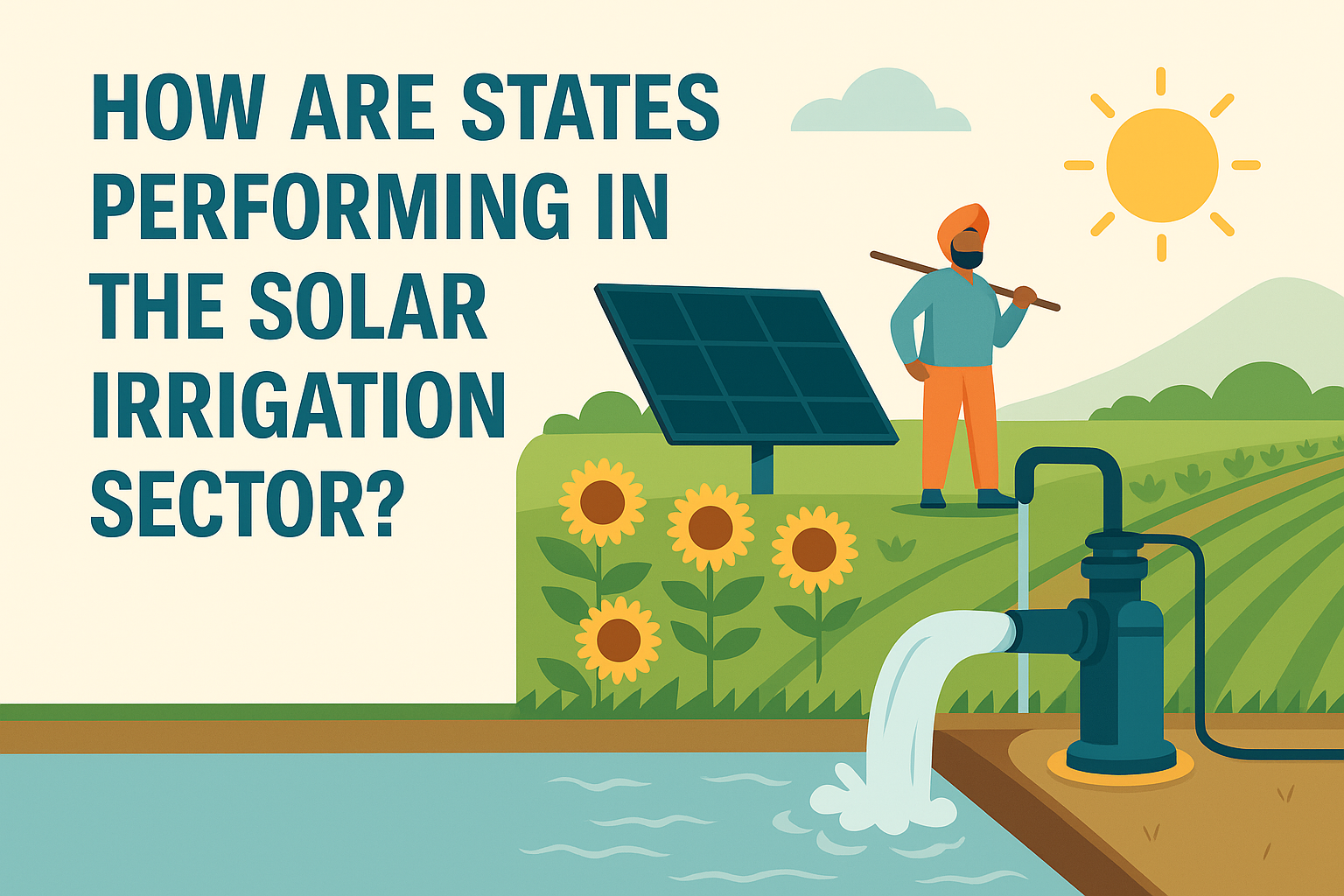Madhya Pradesh Urja Vikas Nigam Limited (MPUVNL) has issued a tender for its ambitious feeder-solarisation programme—the “Surya Mitra Krishi Feeder Scheme”—aimed at integrating solar generation directly into the state’s agricultural distribution network. By saturating existing 33/11 kV substations with solar power, the scheme seeks to add up to 14,300 MW of renewable capacity across approximately 1,900 substations, while empowering local entrepreneurs and strengthening grid stability. Below, we explore the scheme’s key features, economic flexibilities, and the opportunities it presents.
Under this programme, developers may inject solar power up to 100 percent of each feeder’s Permissible Transmission Rating (PTR) at the 11 kV side of 33/11 kV substations. If a feeder’s PTR is 10 MW, a matching 10 MW solar plant can connect and export power. MPUVNL has prepared a detailed “data room” listing roughly 1,900 substations—with a combined injection capacity of 14,300 MW—enabling project sizing that saturates available capacity without straining higher-voltage lines.
Comprehensive Data Room
A standout feature is the well-curated data room, which provides:
- Locational Details: GPS coordinates, nearby land availability, and local solar-irradiance metrics.
- CFA (Central Financial Assistance) Capacity: Subsidy ceilings (up to ₹ 1 lakh/MW) for each substation, subject to ALMM and indigenous content guidelines.
- Delivery Point & Bay Availability: Confirmation of vacant feeder bays at each 33/11 kV substation, including protective-equipment ratings and connectivity status.
By offering granular information upfront, MPUVNL de-risks feasibility studies and allows bidders to precisely calculate capex, CFA eligibility, and expected returns.
Flexibility to Optimise Project Economics
Bidders can choose to claim CFA up to the limit detailed in the data room for their selected substations. Options include:
- Full Saturation: Bid for 100 percent of feeder PTR (e.g., the full 10 MW) and receive maximum CFA—subject to ALMM-compliant modules and Indian-made inverters.
- Partial Injection: Opt for a smaller capacity (e.g., 5 MW on a 10 MW PTR feeder), claiming proportional CFA. This flexibility lets developers adjust based on land costs, financing constraints, or grid-upgrade schedules—optimising internal rates of return (IRRs).
Reactive Power Compensation Incentives
To bolster voltage regulation and reduce distribution losses, the scheme provides extra incentives for reactive-power support. Solar inverters capable of Q-mode injection or absorption can earn bonus payments based on:
- Var-Injection: When grid voltage dips below thresholds, inverters must inject reactive power to raise voltages.
- Var-Withdrawal: When voltages exceed limits, inverters absorb reactive power to prevent over-voltage.
By rewarding these grid-support services, MPUVNL ensures rural feeders maintain stable voltage profiles even as more solar comes online.
Standard Operating Procedure (SOP) & Part Commissioning
A detailed SOP is embedded within the PPA to guarantee timely implementation and reliable operation:
- Land & Feeder Validation: Developers must verify bay availability and feeder health on-site within 30 days of LoA.
- Interconnection Agreement: Finalised within 45 days, detailing technical parameters (power-factor range, anti-islanding, metering standards).
- Full Commissioning Timeline: 12 months from LoA; delays beyond this attract liquidated damages of 0.05 percent per day of capex.
Additionally, one-time part commissioning is permitted—if a developer brings a portion (e.g., 50 percent) of a claimed capacity online, the entire CFA amount is still honoured at 100 percent of the PPA tariff, even though only the commissioned portion injects power. This allows early revenue generation and smoother cash flow.
Platform for Ease of Billing and Invoicing
MPUVNL, in coordination with MPPMCL, is implementing an RMS-based (Remote Metering System) platform to automate meter reads and invoicing:
- Smart Meters at 11 kV feeders transmit generation and reactive-power data in near real-time.
- Digital Invoicing automatically calculates payments for injected energy and voltage-support bonuses.
- By reducing manual meter checks (formerly 45 days) to automated reads (within 14 days), the system enhances transparency, lowers billing errors, and accelerates revenue collection.
Local Entrepreneur Opportunities
Project sizes under the scheme range from 3 MW to 20 MW, requiring investments of ₹ 12–80 crore. This presents a significant opportunity for local solar developers and entrepreneurs:
- Small-to-Mid-Sized Projects: 3 MW farms need only two to three acres adjacent to a feeder, with simpler land acquisition.
- Employment Generation: Each 3–20 MW project can create 30–100 direct construction jobs (civil, electrical, and O&M), and 5–10 permanent roles for operations and maintenance.
- Vocal for Local: ALMM guidelines mandate use of domestically manufactured solar modules and inverters, boosting India’s module industry and aligning with the prime minister’s localisation vision.
AIF Interest Subvention & Bank MoUs
To reduce financing costs, AIF (Accelerated Infrastructure Financing) interest subvention offers developers a 3 percent subsidized interest rate on debt for 7 years. Banks that have executed MoUs—State Bank of India, Central Bank of India, AU Small Finance Bank—provide loans at base interest rates of 8–9 percent, which, with subvention, effectively fall to 5–6 percent. Combined with 20 percent equity, this 70:30 debt-equity ratio yields IRRs above 14 percent for well-sited feeders.
Handholding Support by GIZ
The scheme receives technical and capacity-building support from GIZ (Deutsche Gesellschaft für Internationale Zusammenarbeit) GmbH for 18 months:
- Technical Studies: Detailed feeder-level voltage profiles, optimum inverter settings, and substation augmentation roadmaps.
- Capacity-Building Workshops: Training MPUVNL engineers and local entrepreneurs on best-practices for O&M, safety protocols, and financial modeling.
- Standardisation Tools: PPA templates, SOP checklists, and remote monitoring guidelines to minimise execution risks.
If fully implemented, the scheme could add 14,300 MW of solar—doubling Madhya Pradesh’s renewables and aiding India’s 500 GW non-fossil target. Reactive-power incentives and RMS-based monitoring will improve 11 kV feeder voltages, cut losses by up to 5 percent, and reduce curtailment by rerouting excess energy. Economically, it will create around 15,000 construction jobs and 1,200 O&M roles. Surplus solar can also power village microgrids and water-pump systems, cutting diesel use and boosting rural incomes.



















